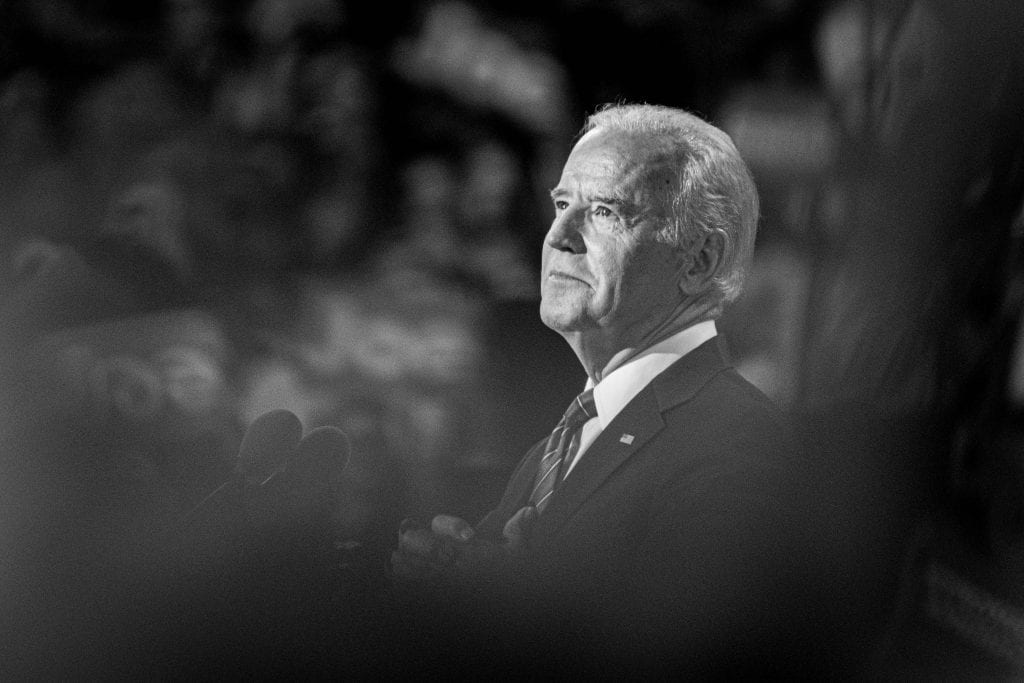
by Michael Swan, The Catholic Register. View Original HERE.
Steve Simon knows that one of the best tricks in photography is learning how to record the invisible — things like faith, hope, healing, memory, time and wonder. The award-winning photographer, now based in New York, learned this trick early in his career at Lac Ste. Anne.
Simon was a young newspaper photographer at The Edmonton Journal in the 1980s when he caught an assignment to photograph the annual pilgrimage to the lake west of Edmonton. Despite attracting at least 30,000 people a day in late July every year, the pilgrimage largely existed outside the consciousness of most Canadians. It is a peculiar event that is at one and the same time Catholic, Indigenous and Franco-Albertan. Despite growing up in Edmonton, Simon knew little about it and was surprised and fascinated by what he saw when he arrived at Lac Ste. Anne.
“The faith that was on display there — it was just a powerful event. You could feel it,” said Simon. “The more I experienced it the more powerful it became… The level of commitment and faith that I saw amongst many of the people who were coming to Lac Ste. Anne was not something I had really seen before.”
When Pope Francis arrives at the lake, likely on July 25, he will see some of what Simon saw 30 years ago. He will see a lake renowned for its healing powers and people in need of healing.
“The biggest story now is understanding just how deep the wounds go and how bad things are,” said Simon.
On a recent trip back to his hometown, Simon was struck by just how little things had changed.
“The fact was that with all this time, with all the talk and whatever, in the end the reality on the ground does not seem to be better than it was,” he said. “It may be even worse.”
Like most Canadians, 30 years ago Simon knew little or nothing about the legacy of trauma from residential schools. So without necessarily knowing what it is that needed healing, Simon kept toting bags full of Kodachrome back to Lac Ste. Anne each summer to document the pilgrimage.
The summers of shooting eventually yielded the 1995, University of Alberta Press book, Healing Waters, The Pilgrimage to Lac Ste. Anne. (The book is out of print now).
But the images, such as Marie Agnes Park from La Loche, Sask., wading into the water in 1990, still speak to the faith of Indigenous people, said Gary Gagnon, Metis Nation of Alberta region four vice president and Edmonton Catholic Schools cultural instructor.
“Healing, that’s what I see,” Gagnon said after viewing a selection of Simon’s Lac Ste. Anne photographs. “They have faith in the pilgrimage. They have faith in the blessing of the water.”
When Pope Francis walks into the water at Lac Ste. Anne this summer, it won’t surprise Gagnon if the pontiff walks out a little stronger and a little freer of the pain that has limited his mobility. Gagnon has seen miracles at the lake.
“My nookum, my grandma in Cree, she was healed from deafness and sickness as a little child, around 1906, 1907,” Gagnon said. “She was a miracle we lived with.”
Gagnon’s grandmother lived to be 105.
“She was never gravely ill after that. She was a very devout Catholic. But she was also a very proud Metis woman,” Gagnon said.
As an historian of the Church in Canada, St. Joseph’s College professor Indré Cuplinskas sees in Simon’s book an important window into Canada’s history of faith.
“Because he’s doing photojournalism, he doesn’t have to come to a conclusion or make any judgments. As an outsider, there’s a certain openness to everything that’s there,” she said. “As an outsider, you’re not on one side or another.”
Simon is Jewish. His years of photographing at Lac Ste. Anne were an education in a uniquely Catholic and Indigenous way of understanding the world.
“People were very open to me being there and recording what was going on with my camera,” he recalled.
Healing Waters really shows the way for historians and others to start seeing Indigenous Catholicism with fresh eyes.
“Is this a story of colonization? Is it a story of syncretism? Is it a story of coming together?” Cuplinskas asked. “A book like this allows you to hold all those things without sorting them out.”
Seeing Indigenous faith — along with the suffering, endurance and hope that goes into it — might help non-Indigenous Catholics to really understand what Pope Francis is teaching when he goes to Lac Ste. Anne, Cuplinskas said.
“Part of what the Pope might help to do is, not only come to apologize to Indigenous people and those who suffered in residential schools, but to point out to all of the other Catholics in Canada that this is an issue,” she said. “Because I think it’s still not really in a lot of Catholic people’s consciousness that this is an issue that they need to be engaged in… so that non-Indigenous Catholics see that they are part of the story.”
It’s a story that still interests Simon, long after his first book has gone out of print.
“Photography for me has always been following my curiosity,” he said.











